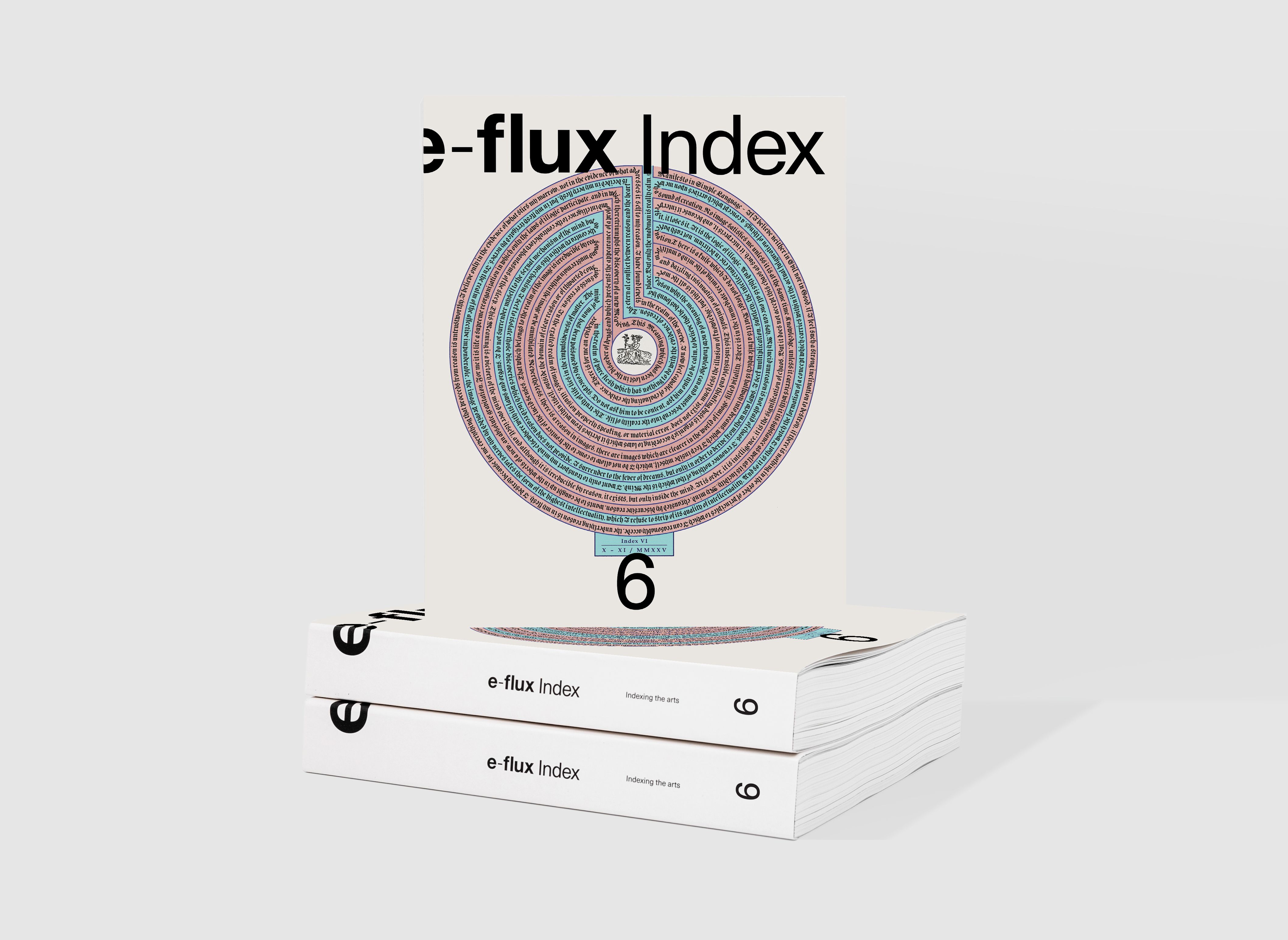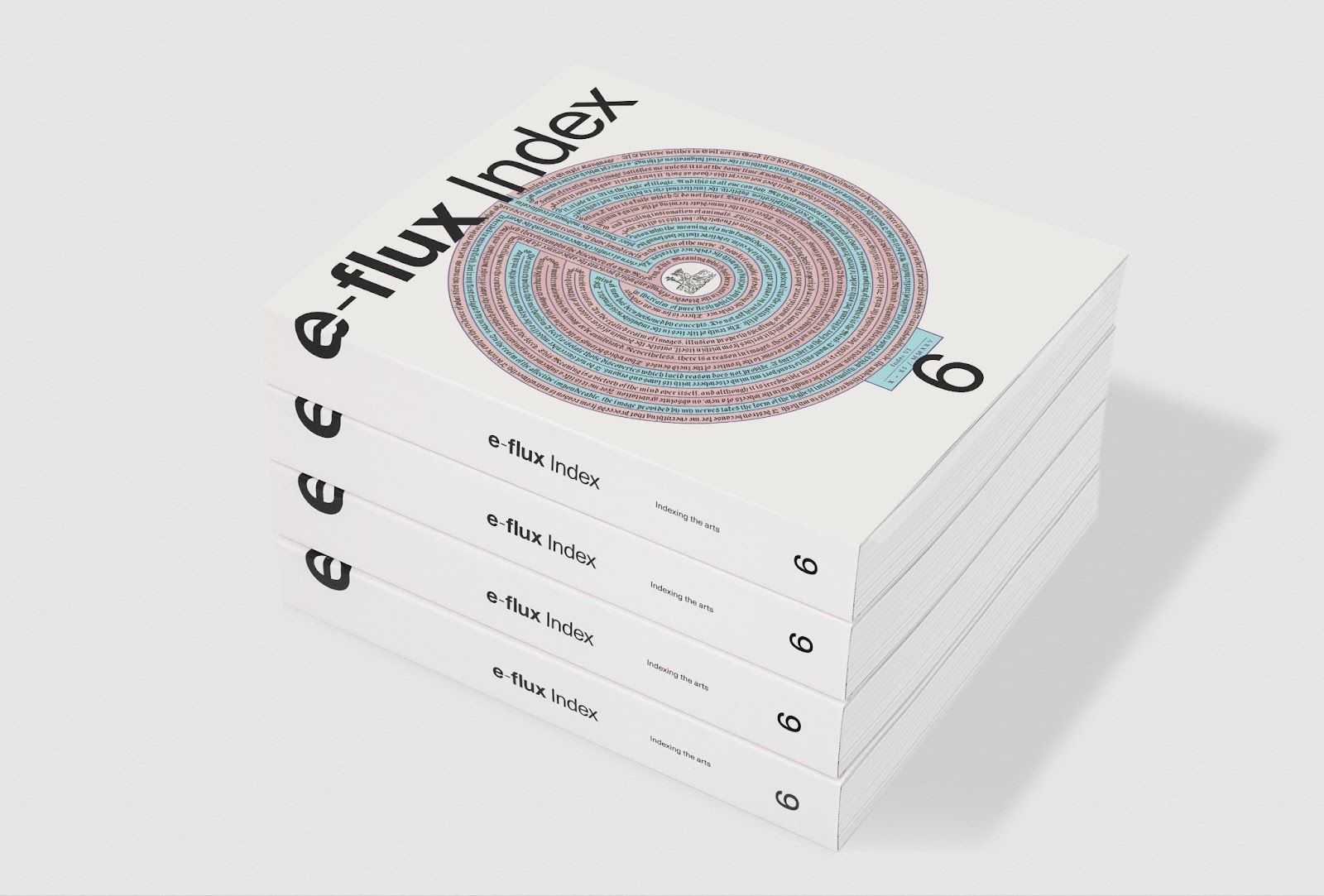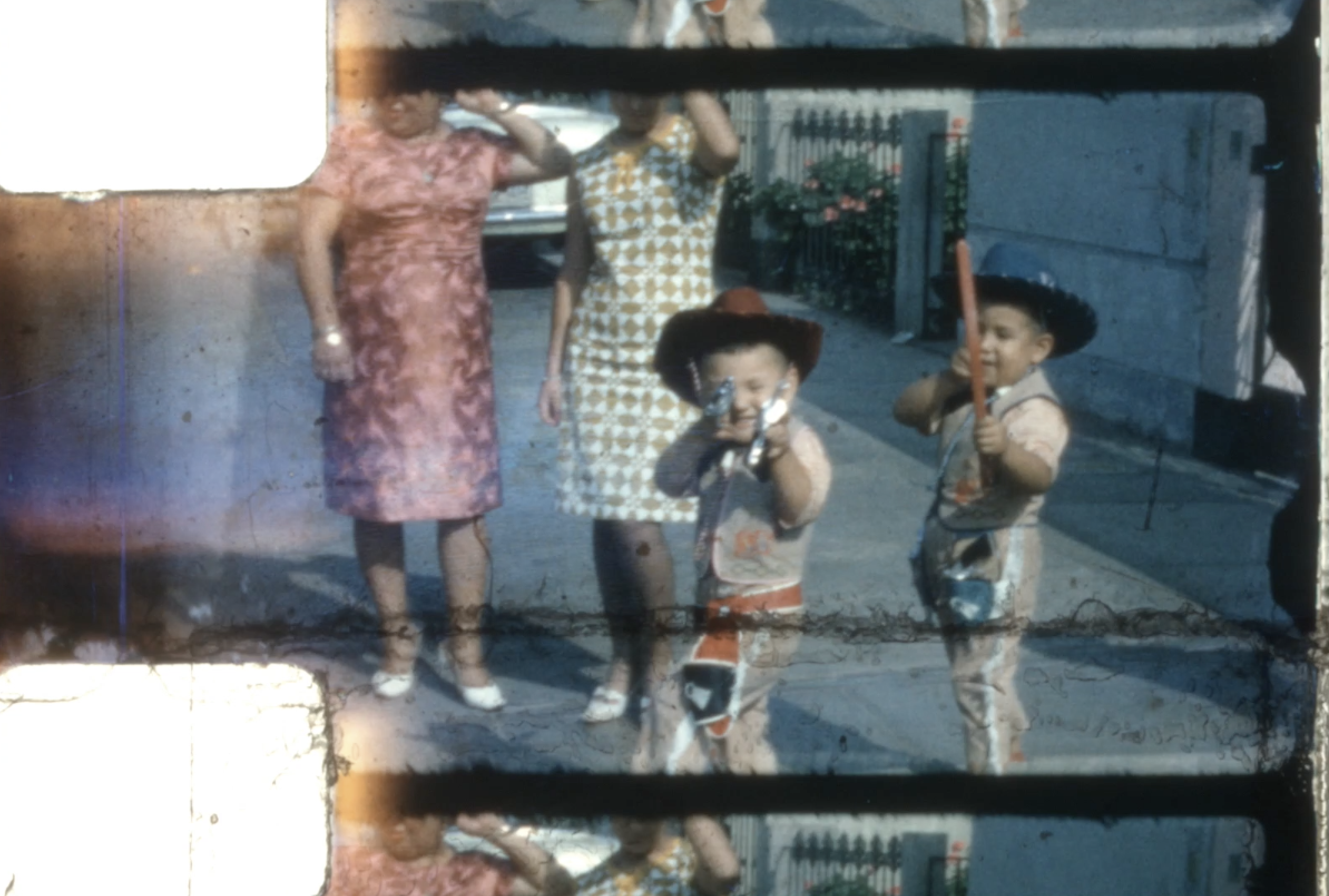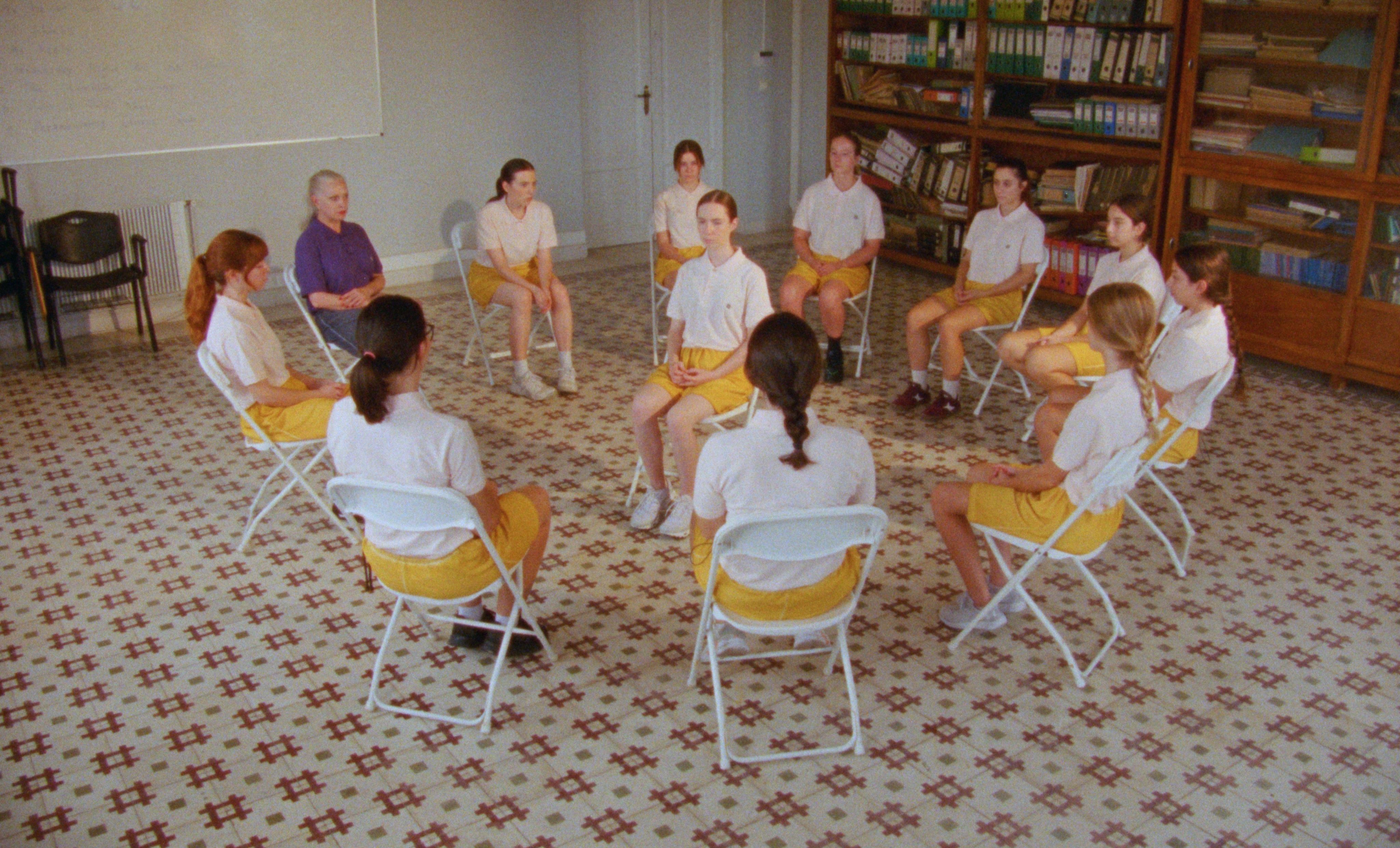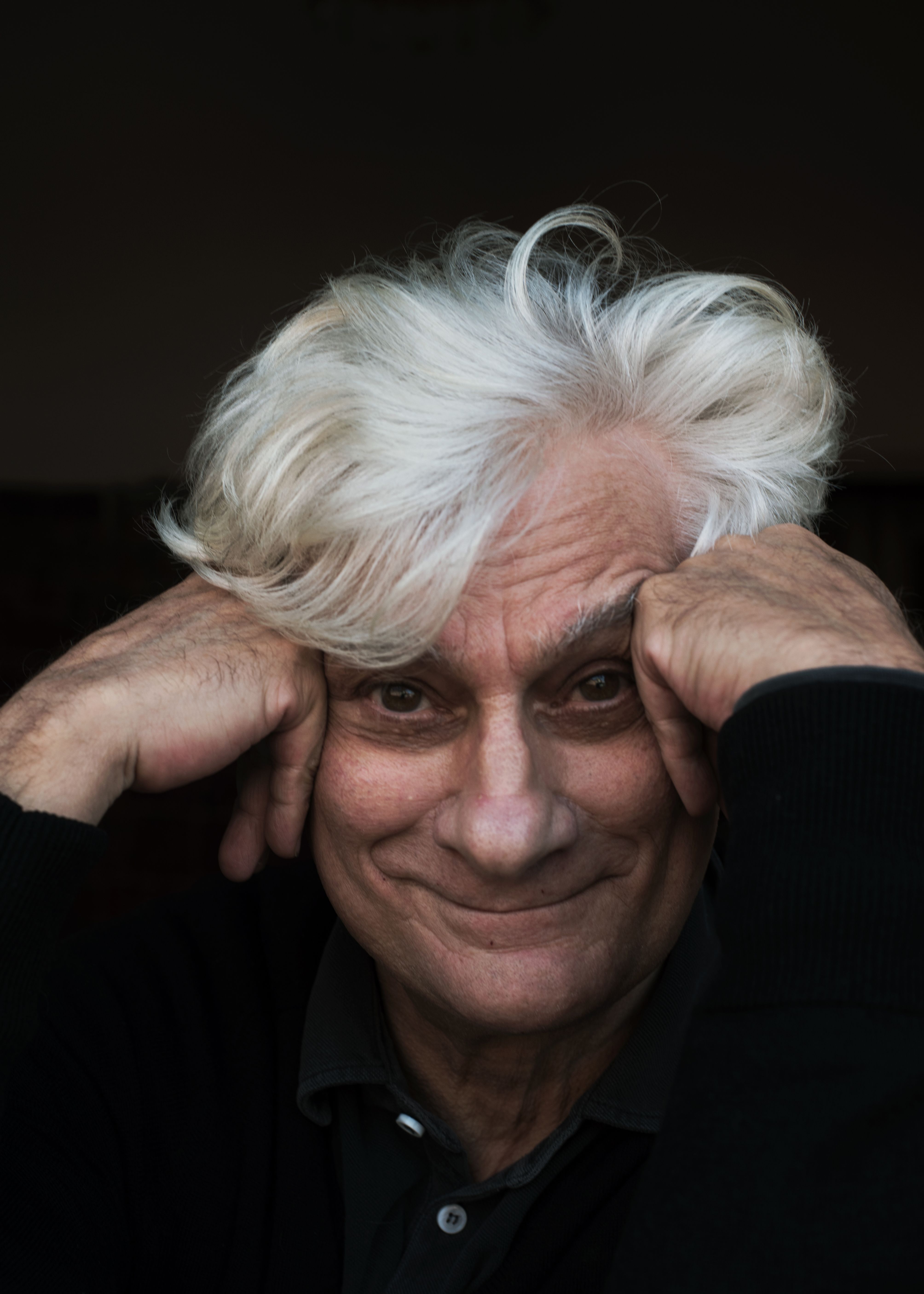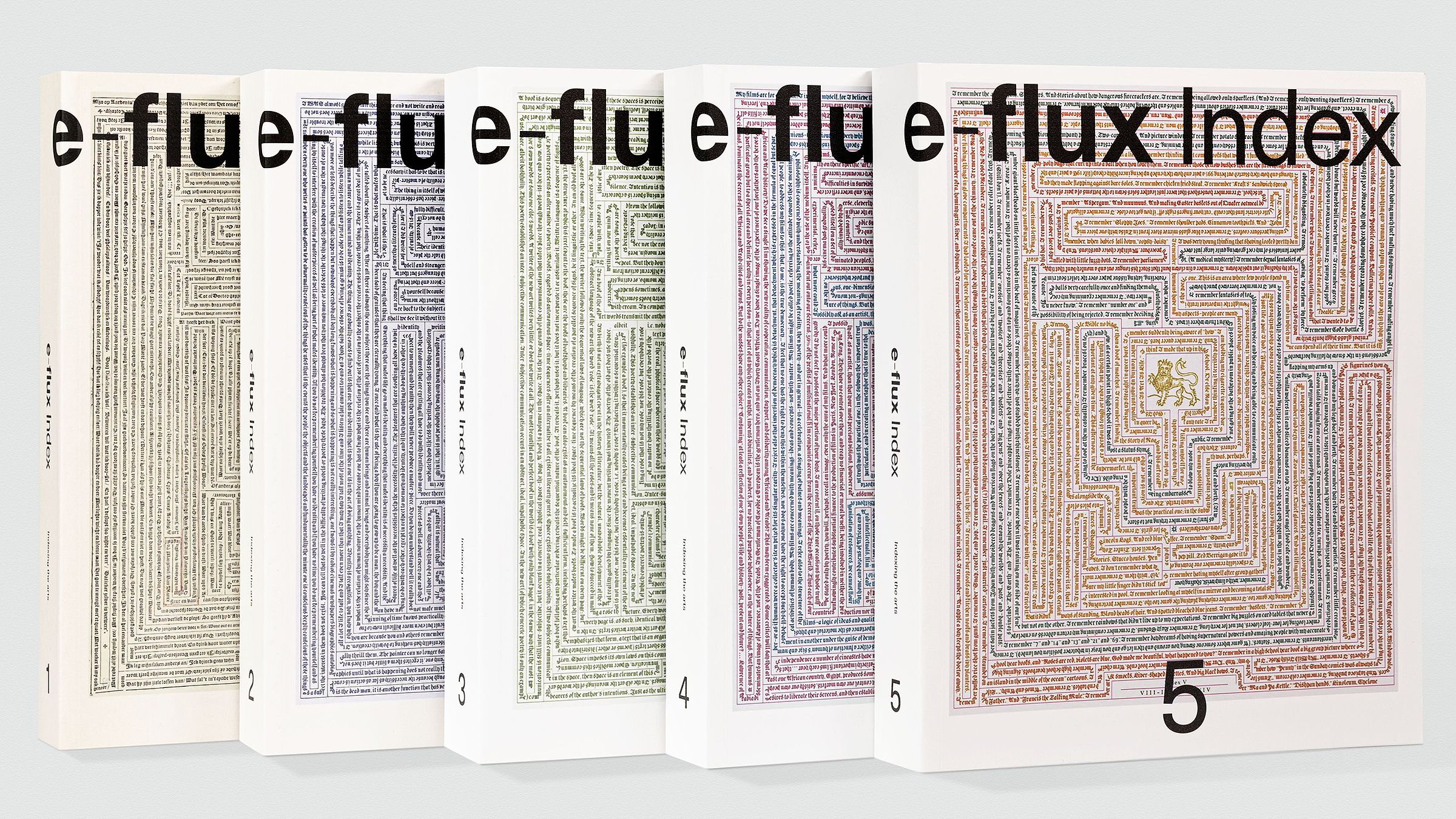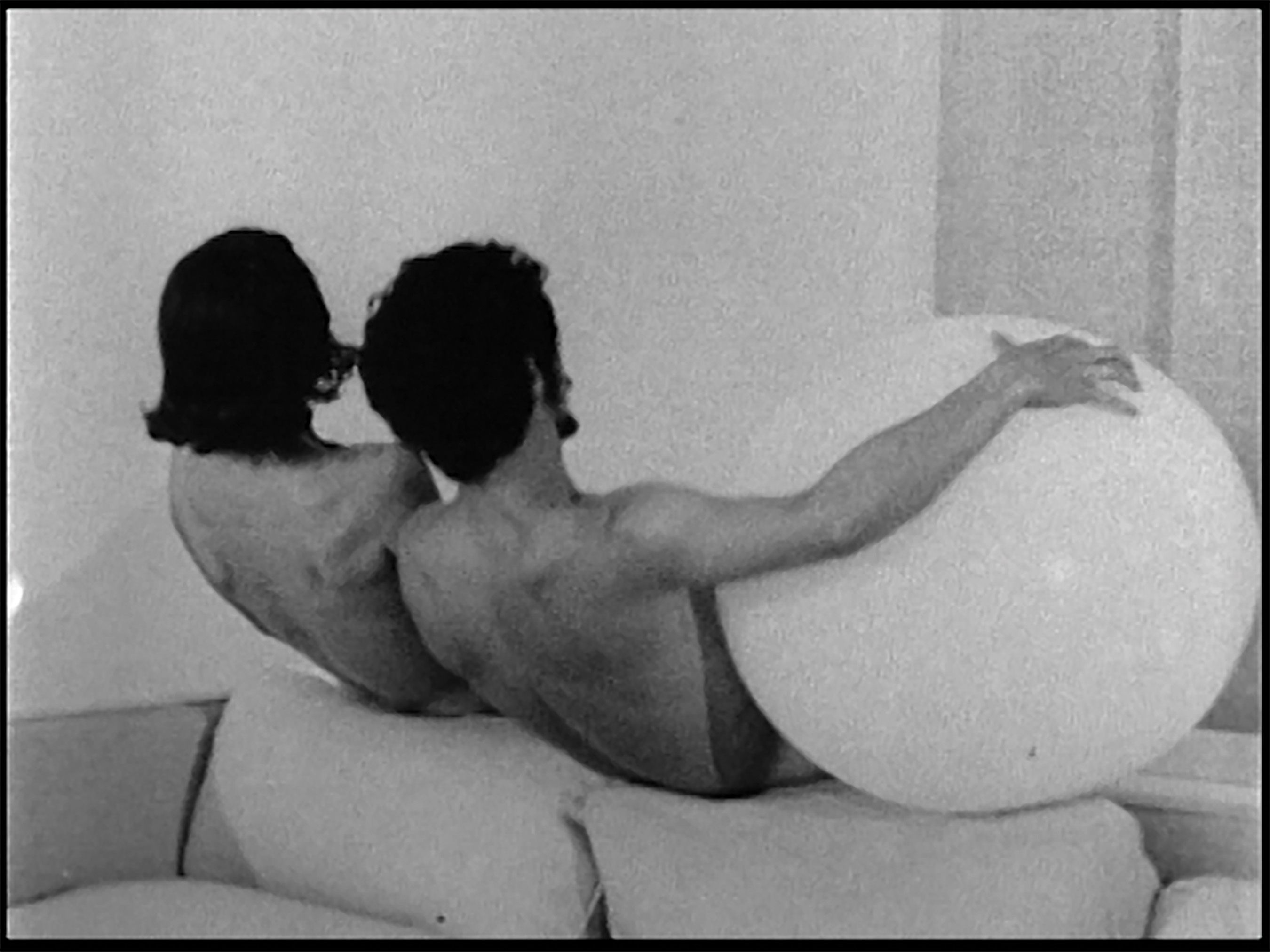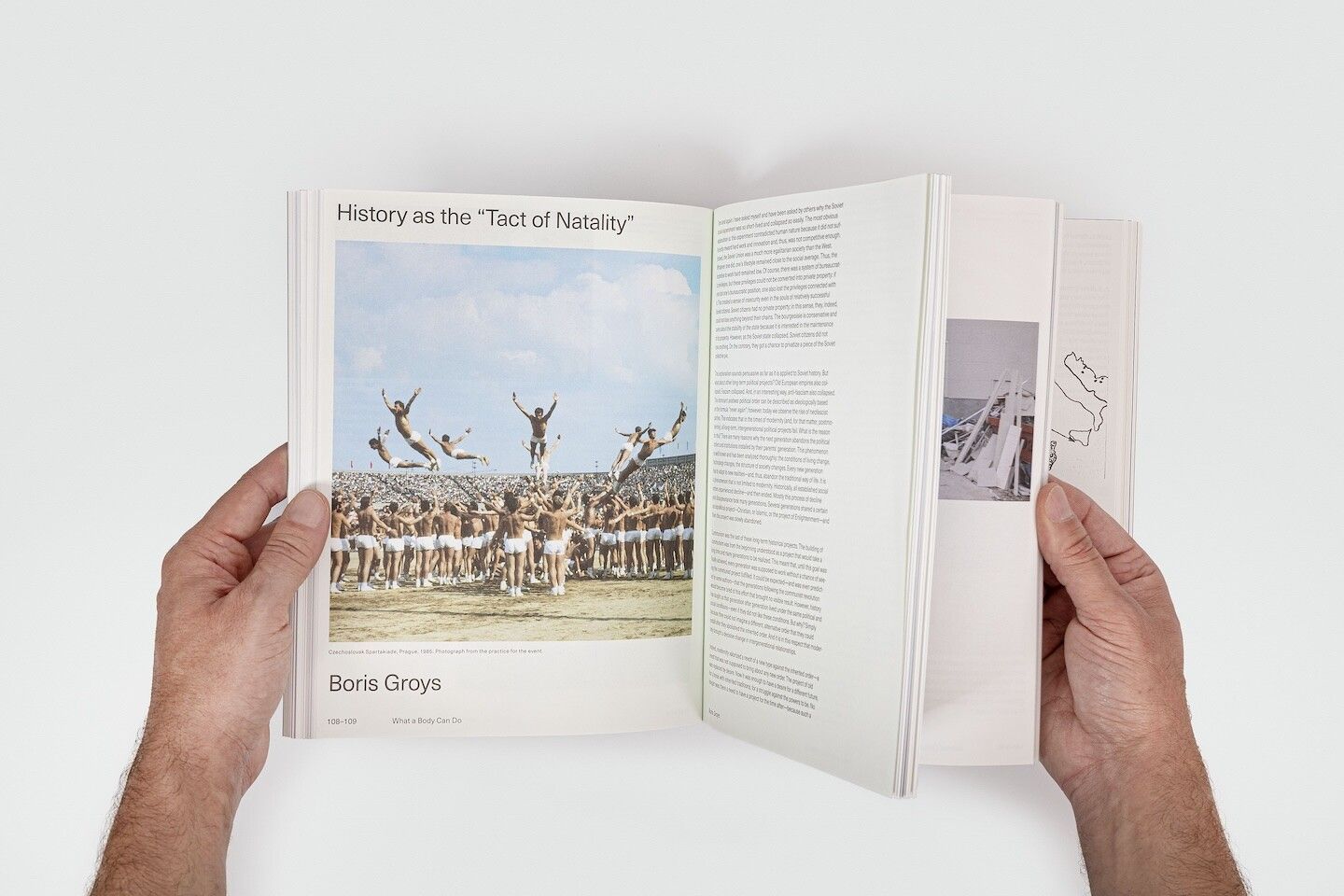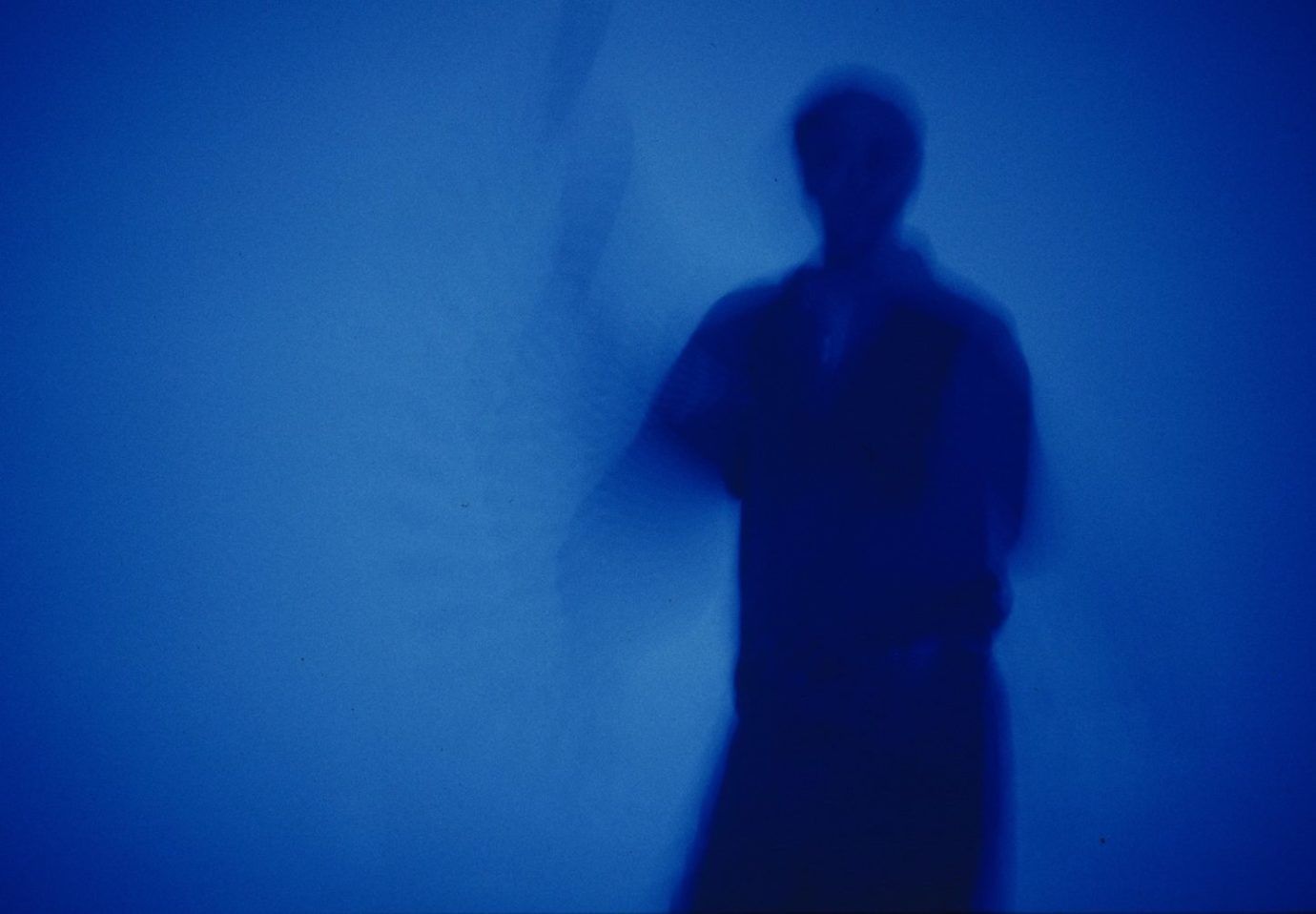e-flux journal issue #1
December 2008
available online:
e-flux.com/journal
print on demand coming soon
Issue #1
Editorial
Following the recent terrorist attacks in Mumbai, doctor and New Age guru Deepak Chopra commented on CNN that perhaps the worst thing for terrorist groups would be for someone like President-elect Obama to befriend the Muslim world and turn them against terrorists—simple as that! Such a statement is symptomatic of the idea that power today should, whenever possible, be exercised through attraction and seduction rather than through direct coercion. Joseph Nye, one of the intellectual fathers of neoliberalism, has termed the genteel, salesman-like diplomacy that emerged after the Cold War “soft power”: the ability of a political body such as a state to indirectly influence the behavior or interests of other political bodies through cultural or ideological means.
When political power sheds its rigid structure and thus it begins to look less like a tank and more like your best friend, where do you look to locate the sources of its authority, and how do you articulate new, flexible modes of resistance?
In Brand States: Postmodern Power, Democratic Pluralism, and Design, Metahaven dig a little deeper into soft power, and find that a politics speaking in softer tones and warmer hues only does so by offloading the violence of hegemony into the operations of the networks through which it conducts its business—an open democratic process indeed, but one premised on an exclusion of alternatives and the clear establishment of network standards. (see full essay here)
In an extensive examination of Joseph Beuys’ legacy and practice, Jan Verwoert finds Beuys’ inadvertent entanglement with issues of sovereign artistic authority deeply troublesome, all the more so when they appear in the guise of a purportedly generous, shamanistic practice as healer of wounds. As Beuys opens a space for discussion, he simultaneously seals it off by reserving sole authorship over that space, its openness, and whatever it produces. Is Beuys here reflecting on the nature of authority itself, or simply using it to his own advantage? (see full essay here)
Dieter Lesage addresses Carolyn Christov-Bakargiev (the newly appointed artistic director of documenta 13) in his essay The Next Documenta Shouldn’t Be in Kassel, arguing for a traveling documenta as perhaps the important next step in de-occidentalizing this European institution, as some past documentas have attempted to do. (see full essay here)
In Positively East Village Revisited: The Problem with Puerilism, Simon Sheikh looks back at Craig Owens’ 1984 article about the East Village art scene. Shiekh commends Owens’ acuity in pointing out only shortly after the scene’s emergence that it was less a sign of art’s ongoing evolution than it was symptomatic of an ongoing process of converting spaces of production into spaces of consumption.
(see full essay here)
Carol Yinghua Lu‘s Accidental Conceptualism suggests that, while many Chinese artists have employed conceptual strategies in their work, they have done so without evidencing much interest in conceptualism as a discrete art historical movement. Artists have instead selected that which is useful or resonant and applied it to personal, specific contexts, declaring full authority over conceptual approaches and their place within their work. (see full essay here)
In Blame it on Gorbachev: The Sources of Inspiration and Crucial Turning Points of Inke Arns, Nataša Petrešin-Bachelez speaks with Inke Arns about her interest in avant-garde legacies in Eastern Europe, her involvement in the influential Syndicate network, her thoughts on retro-utopianism, subversive affirmation, Laibach, NSK, George Soros, recuperated critical strategies, re-enactments in contemporary art, and more… (see full essay here)
Finally, in Between Resistance and Commodity, the second of a three-part conversation with Marina Gržinić and Sebastjan Leban, Staš Kleindienst discusses how it might be possible to return to more radical and resistant forms of production and reception in art. (see full essay here)
Julieta Aranda, Brian Kuan Wood, and Anton Vidokle

